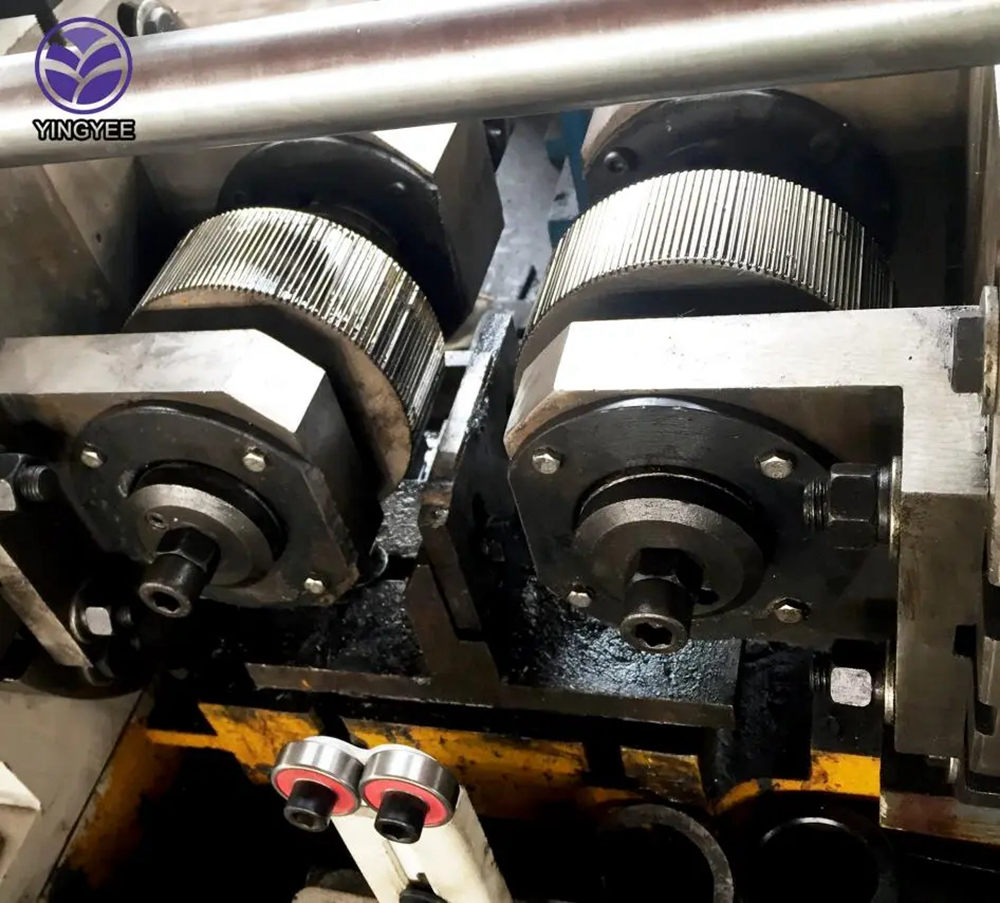
The Future of Solar Energy Automatic Solar Bracket Making Lines
As our world grapples with the pressing need to transition to renewable energy sources, the solar industry has witnessed unprecedented growth. Among the critical components in solar energy systems, solar brackets play a vital role in securing photovoltaic (PV) panels to rooftops and ground-mounted structures. With the increasing demand for solar energy, efficiency and automation in manufacturing processes have become paramount, leading to the rise of automatic solar bracket making lines.
The Importance of Solar Brackets
Solar brackets are essential because they provide the structural stability required to withstand various environmental factors, including wind, rain, and snow. A well-designed bracket not only ensures the longevity of solar installations but also optimizes their efficiency by allowing appropriate angles to capture sunlight. As solar panel installation continues to expand, so does the need for high-quality, reliable brackets made efficiently and at scale.
Automation in Manufacturing
The shift towards automated production lines in the solar bracket manufacturing sector is a response to growing market demands. Automatic solar bracket making lines utilize advanced technologies such as robotics, computer numerical control (CNC) machinery, and intelligent software systems. This innovation significantly enhances the speed, precision, and consistency of production processes.
One of the primary benefits of automatic manufacturing is the reduction in labor costs. With machines handling repetitive tasks, human errors are minimized, and quality control becomes easier to maintain. Furthermore, automated systems can operate continuously, allowing manufacturers to scale up production without compromising on quality. This capability is crucial in keeping pace with the rapidly growing solar market.
Key Components of Automatic Solar Bracket Making Lines
An automatic solar bracket making line typically includes several key components
1. Material Handling Systems Automated systems are integrated to transport raw materials to the production area efficiently. This streamlines the process, reducing wait times and increasing overall productivity.

2. CNC Machinery CNC machines are employed to cut, bend, and shape metal materials into precise bracket designs. These machines offer flexibility in producing various designs and sizes, catering to diverse customer needs.
3. Robotic Assembly Robots can be programmed to assemble different parts of the brackets quickly and accurately. This capability not only improves efficiency but also allows for complex designs that would be challenging to achieve manually.
4. Quality Control Systems Advanced sensors and cameras are used for quality assessment throughout the manufacturing process. By detecting and correcting defects in real-time, these systems ensure that each bracket produced meets stringent quality standards.
5. Software Integration Modern production lines utilize sophisticated software for process management, monitoring, and data analysis. This helps manufacturers optimize production schedules, manage inventory, and predict maintenance needs, further enhancing efficiency.
The Advantages of Automatic Production
Investing in automatic solar bracket making lines offers numerous advantages to manufacturers. The scalability of automated processes means that production can quickly ramp up to meet peak demand periods, which is especially important in the solar industry, characterized by fluctuating demand.
Moreover, the reduction of human intervention in the manufacturing process leads to fewer workplace accidents and a safer working environment. As businesses increasingly prioritize sustainability, the energy efficiency of automated systems also contributes to a lower carbon footprint associated with production.
Conclusion
As the solar industry continues to grow, the necessity for efficient and reliable manufacturing processes becomes increasingly clear. Automatic solar bracket making lines represent a significant advancement in this area, enabling manufacturers to meet demand while ensuring the quality needed for secure and effective solar installations.
With continued advancements in automated technology, we can expect not only improvements in the production of solar brackets but also in the overall efficiency and sustainability of the solar energy sector. Embracing automation is not just a trend; it is a crucial step toward enhancing the solar industry’s capacity to power our future sustainably.